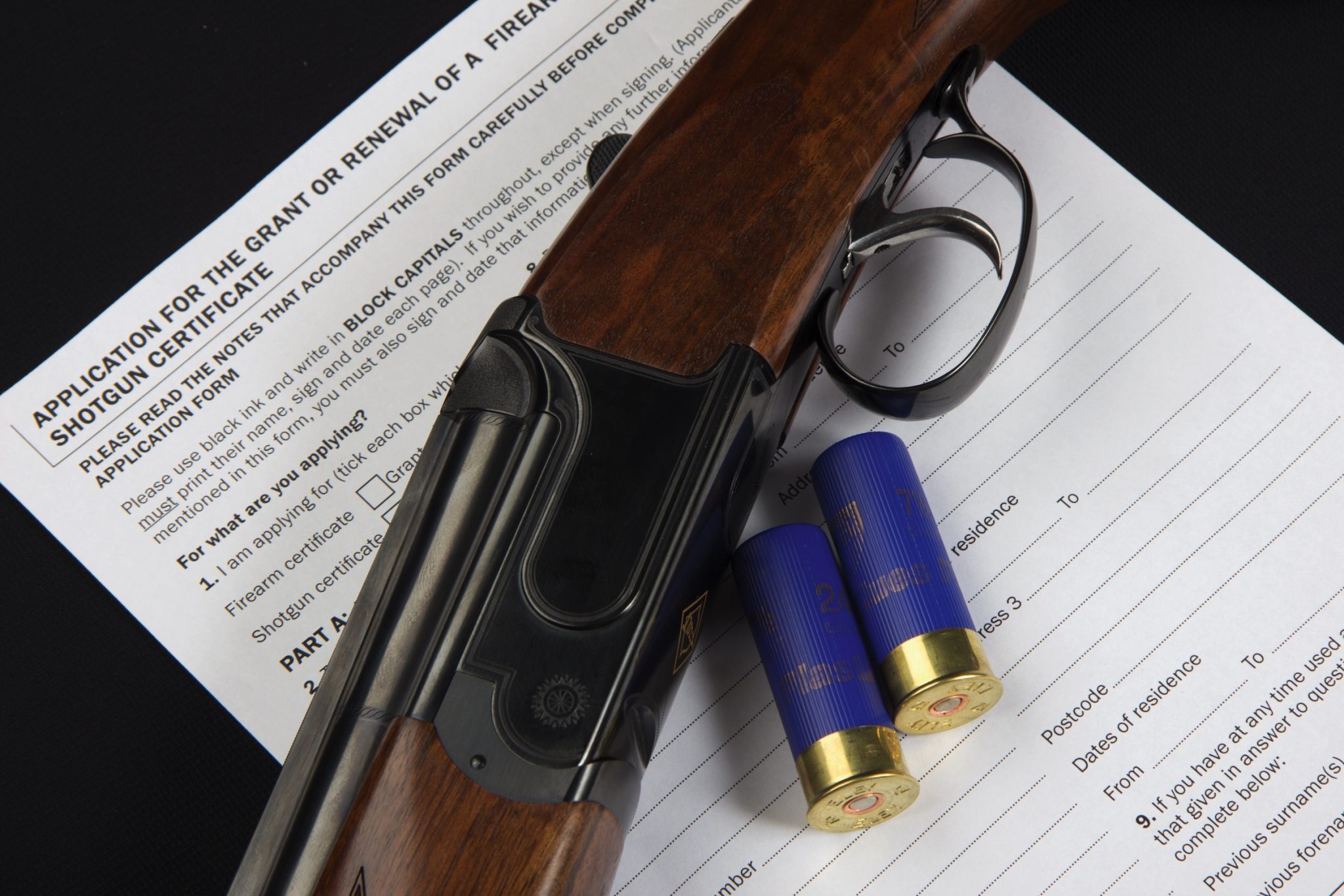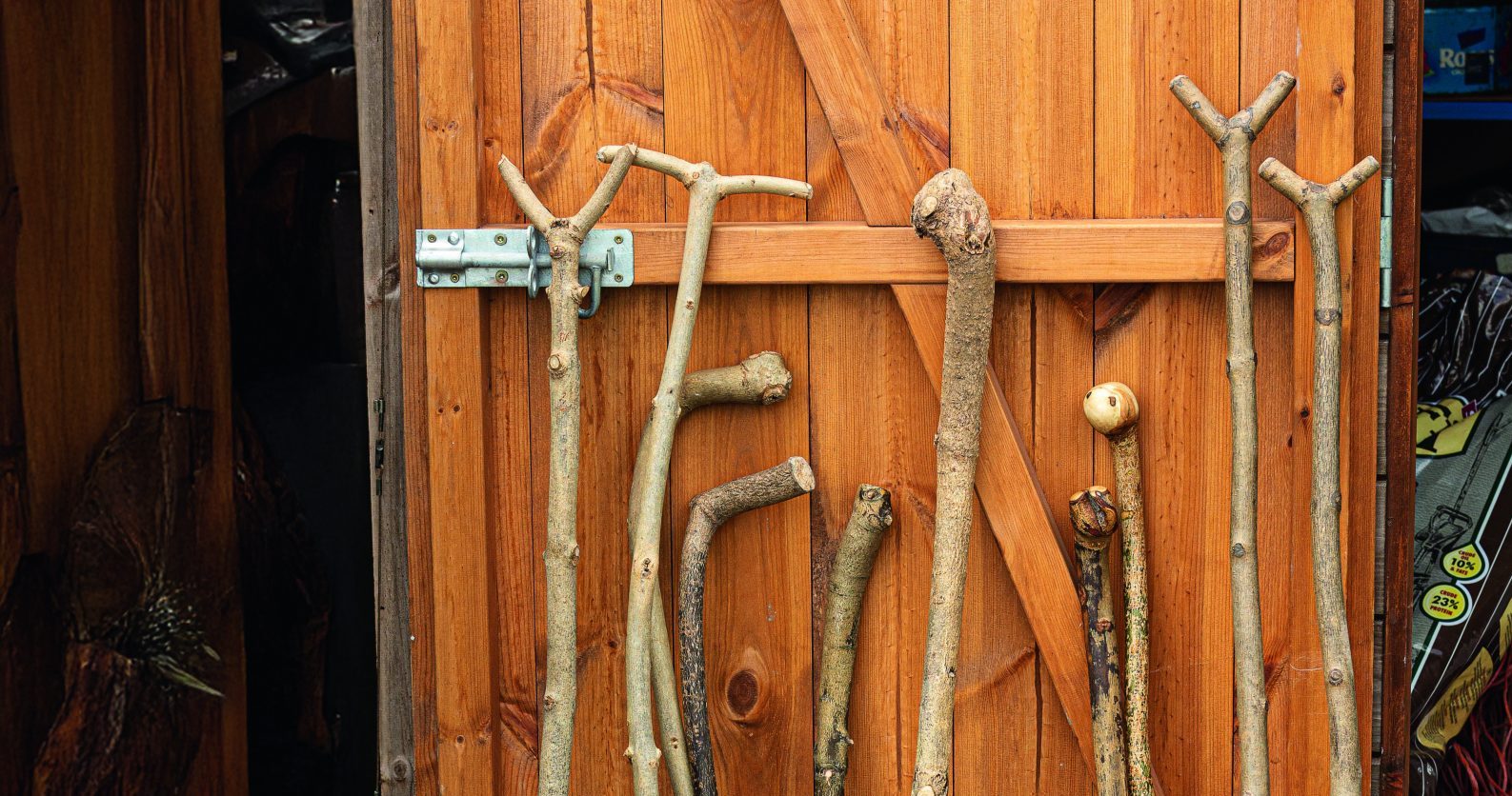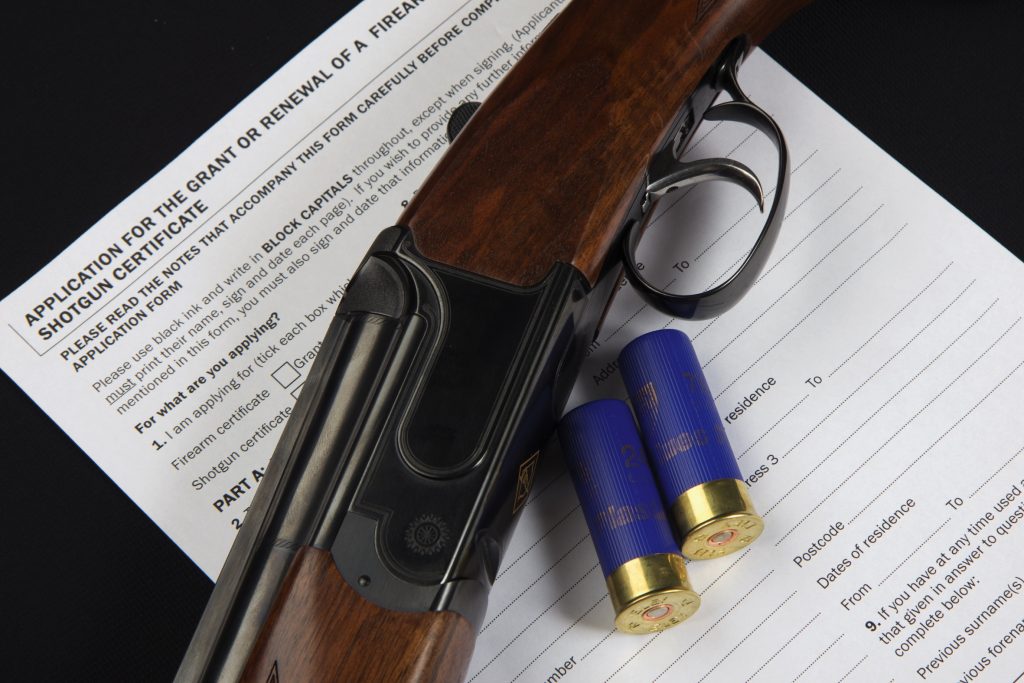Win CENS ProFlex DX5 earplugs worth £1,149 – enter here
Scope with a bullet drop
<strong>Q) I want to buy a rifle scope, but require one with some form of bullet drop compensation built in. What do you recommend? T. CARSLAKE By email</strong>

A)As with most scopes, once the zero is set you either have to aim off to adjust for a longer shot or adjust the scopes elevation or windage. This is fine, but some form of built-in bullet drop compensating feature is becoming popular. The adjustment can be made with a convenient over-sized and bullet- specific adjustment turret fixed to the scope or one that uses a reticle within the scope to allow an instant change of aim. Both have advantages and disadvantages and you will usually pay a premium for a scope thus equipped.
Range-estimating reticles that have extra stadia lines to match a specific bullet path can usefully provide differing aiming points for distant targets. One needs to match the spacings of the reticle to the specific load in the rifle and most of these scopes have booklets to help. However, with too many stadia in the field of view the sight picture can become obstructed and complicated. Scopes with dedicated bullet drop compensating turrets can be
a better choice as the reticle is left clear with all bullet drop compensating information stored round the turrets rim. Scopes from Zeiss, Swarovski, Kahles, Schmidt & Bender, Burris and Leupold all offer bullet drop compensating reticles or external target turrets.
Related Articles
Get the latest news delivered direct to your door
Subscribe to Shooting Times & Country
Discover the ultimate companion for field sports enthusiasts with Shooting Times & Country Magazine, the UK’s leading weekly publication that has been at the forefront of shooting culture since 1882. Subscribers gain access to expert tips, comprehensive gear reviews, seasonal advice and a vibrant community of like-minded shooters.
Save on shop price when you subscribe with weekly issues featuring in-depth articles on gundog training, exclusive member offers and access to the digital back issue library. A Shooting Times & Country subscription is more than a magazine, don’t just read about the countryside; immerse yourself in its most authoritative and engaging publication.







